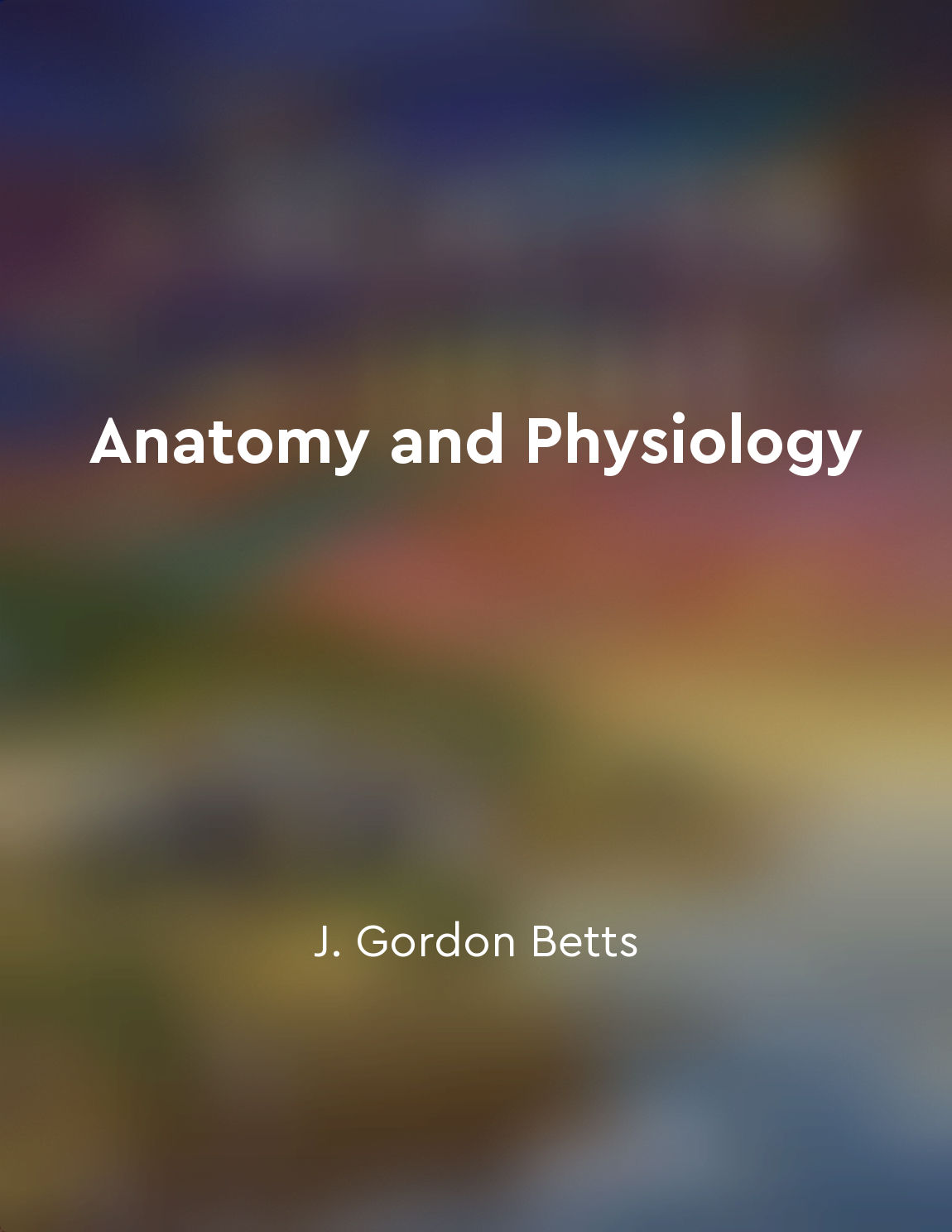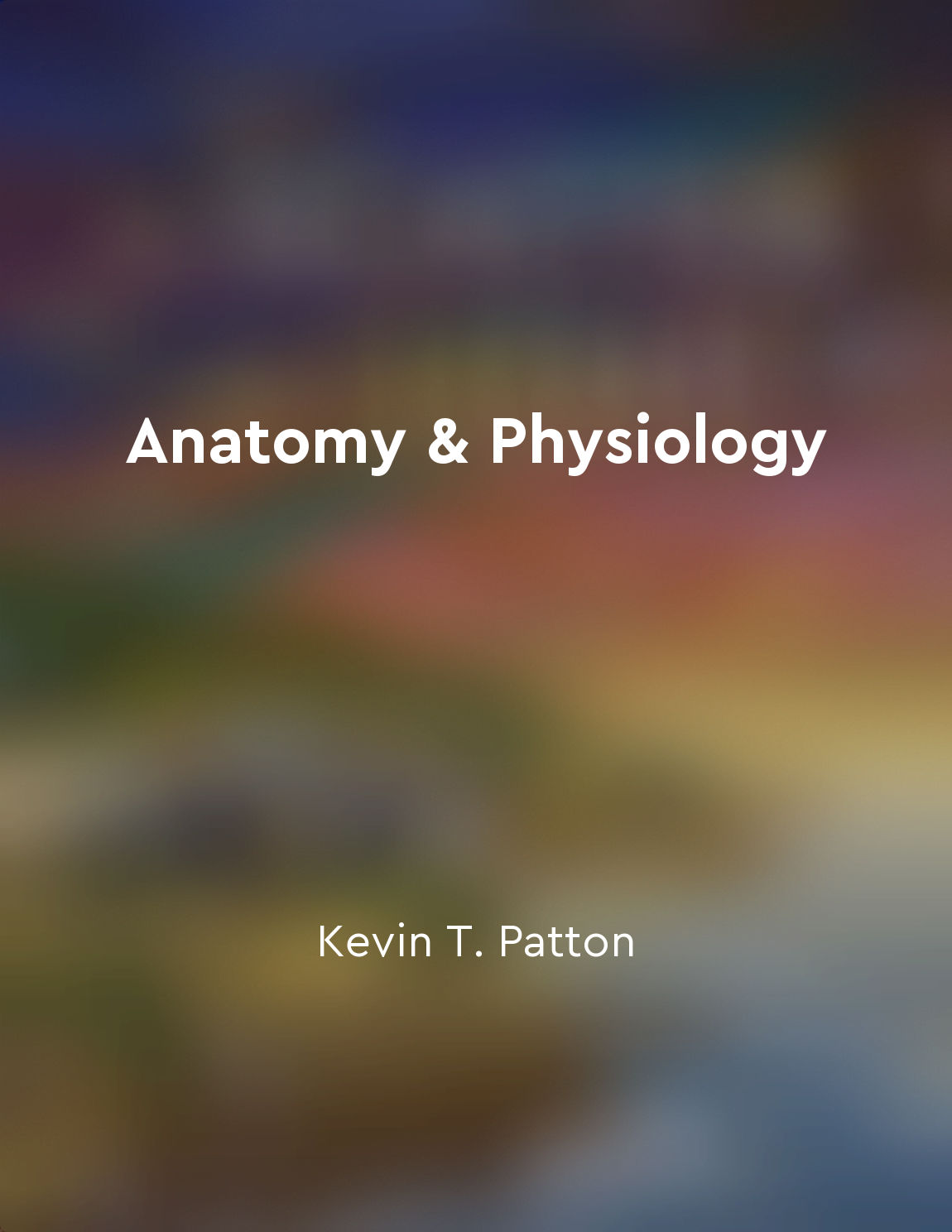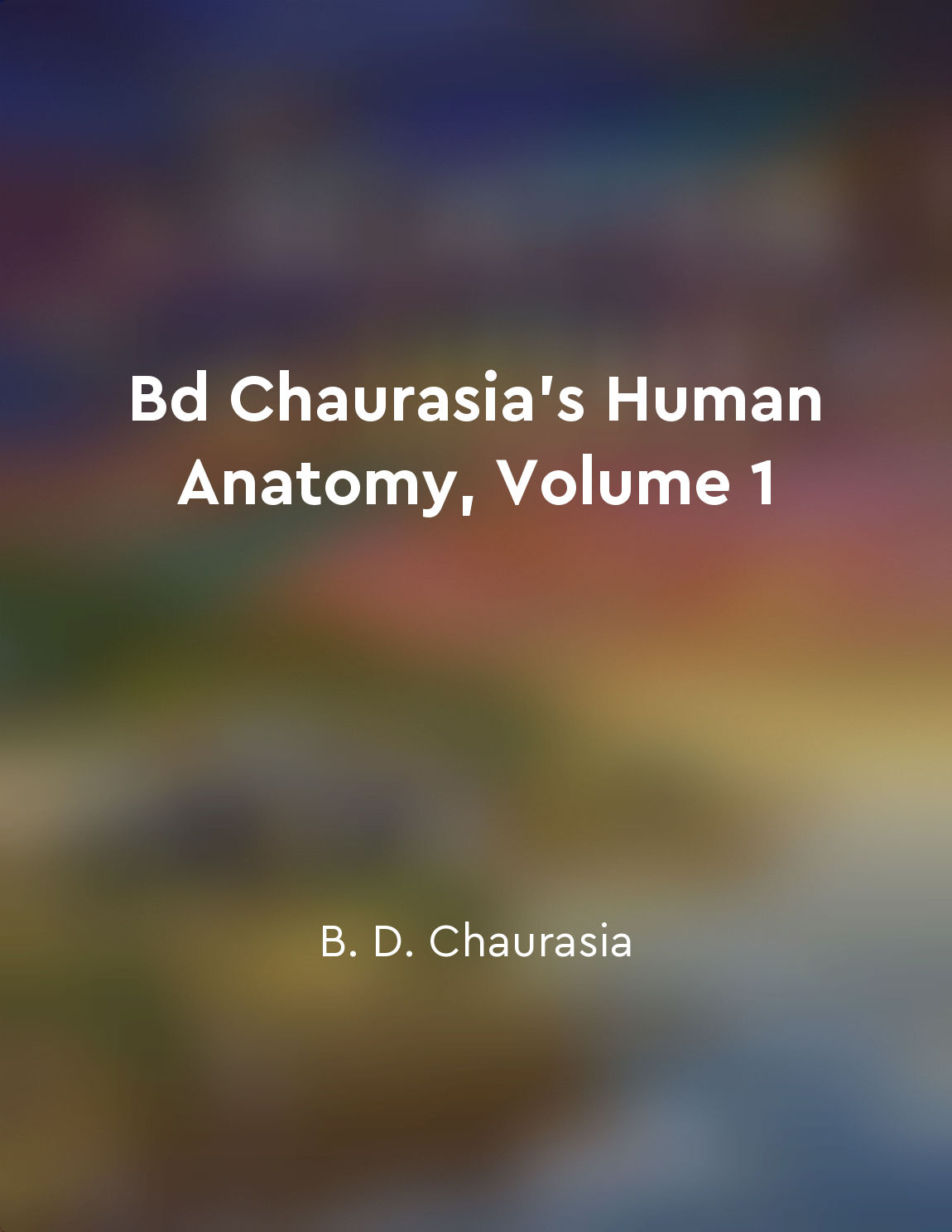Introduction to head and neck from "summary" of Bd Chaurasia's Human Anatomy, Volume 1 by B. D. Chaurasia
The head and neck region of the human body is of utmost importance due to its vital structures and functions. The head houses the brain, which controls all bodily functions, while the neck acts as a conduit for vital structures such as the trachea, esophagus, blood vessels, and nerves. Understanding the anatomy of this region is crucial for medical professionals, as it forms the basis for diagnosing and treating various conditions. The head is comprised of the skull, which protects the brain, and the face, which houses sensory organs such as the eyes, nose, and mouth. The skull is a bony structure made up of different bones such as the frontal, parietal, temporal, and occipit...Similar Posts
Cognitive behavioral therapy can change brain patterns
Norman Doidge discusses how cognitive behavioral therapy (CBT) has the ability to alter brain patterns in his book 'The Brain's...
Mindfulness involves paying nonjudgmental attention to the present moment
Mindfulness involves paying nonjudgmental attention to the present moment. When we practice mindfulness, we are directing our a...
Cognitive biases can affect decisionmaking
Cognitive biases refer to the systematic errors in thinking that can affect our decision-making process. These biases are a res...

Organ systems work together to maintain homeostasis
Homeostasis is the state of internal constancy that the body maintains through a range of control mechanisms. These mechanisms ...

Ovaries produce eggs and release hormones in females
The ovaries are the primary female reproductive organs. These almond-shaped structures are located in the pelvic cavity, one on...

